Public Safety Speaks on Crime Near Campus
Administrators and students offer insight into security and crime in the Bronx at the Rose Hill campus
Public Safety has reported seeing more incidents of crime this year, which also coincides with a greater number of students on campus since the pandemic.
April 27, 2022
Fordham’s Rose Hill campus sees higher crime incidence than the Westchester and Lincoln Center campuses, according to the university’s annual security and fire safety report. The higher incidence reports are in part due to the larger student population in university-operated housing outside of the Rose Hill campus.
The university’s annual security report, which is mandated by federal law under the Clery Act, includes incidences of offenses such as aggravated assault, rape, domestic violence and drug abuse/liquor law violations. The most recent report, which detailed incidents from 2018-20, noted on-campus, residence hall, non-campus and public property crimes at both Rose Hill and Lincoln Center. Drug abuse violations decreased 50%, from 178 in 2018 to 73 in 2020. Liquor law violations saw a similar decrease, from 1,044 in 2018 to 561 in 2020.
According to Fordham, Rose Hill has a higher count of students residing in university housing than Lincoln Center. Out of the nearly 7,286 students at Rose Hill, about 3,431 of them live in university-operated housing. At Lincoln Center, only 1,308 students reside in university-operated housing out of about 9,479 students enrolled.
The 48th Precinct, where Rose Hill resides, has seen nearly twice as many offenses this year as the 20th Precinct, where the Lincoln Center campus is located, according to crime complaints compiled by the New York Police Department. The 48th Precinct, which is larger, encompasses the Belmont, East Tremont and West Farms neighborhoods of the Bronx while the 20th Precinct encompasses the Upper West Side, from 59th Street to 86th Street. The police department tracks murder, rape, robbery, felony assault, burglary and grand larceny.
Due to the COVID-19 pandemic, crime has been slowly increasing.
In the 48th Precinct, there have been 584 total crime complaints to date in 2022 compared to 382 at the same time in 2021. The 20th Precinct has had a total of 320 crime complaints to date in 2022 compared to 236 in 2021.
“We have seen an increase in incidents; however, this may coincide with the increase of residential students that was reduced significantly due to the pandemic,” Robert Fitzer, associate vice president of Public Safety, said about the increase in crime incidents on campus this year.
The area has seen decreasing crime rates over the past two decades, according to NYPD data, but due to the COVID-19 pandemic, crime has been slowly increasing.
“I myself have never really felt this way of unsafety that other students feel.” Geraldo De La Cruz, Gabelli School of Business at Rose Hill ’22
Geraldo De La Cruz, Gabelli School of Business at Rose Hill ’22, was born and raised in the Bronx. He highlighted the environmental and societal factors that give way to crime, such as the conditions of a major city, the historical effects of redlining, over-policing and poverty.
In regard to public safety and crime concerns, De La Cruz said that a lot of the rumors and generalizations about crime in the Bronx are projections or preconceived notions.
“I myself have never really felt this way of unsafety that other students feel,” he said. “When you grow up in a major city, you know how to stay vigilant, what areas to go to and what areas not to go to more than someone who isn’t (from a big city).”
De La Cruz said that language matters when talking about Public Safety, Fordham’s Rose Hill campus and the Bronx. He added that when the university overemphasizes the safety of the Rose Hill campus in relation to the surrounding neighborhoods, students and parents begin to associate the Bronx with danger.
For Paulina Paszkowski, Fordham College at Rose Hill ’22, the commute between Rose Hill and Brooklyn became unbearable after she experienced repeated acts of sexual harassment on the D train over the past few years.
“It was excessive to the point where I was like, you know what, I’ll suck it up and drive and pay for parking,” she said.
One day, when she had parked right outside the Hughes entrance at Rose Hill, Paszkowski said a taxi driver exposed himself in front of her car. When she reported the incident to Public Safety officers, they checked cameras and offered her the option to report the incident to the police or the taxi company of the individual. Afterward, the public safety officers concluded the individual was most likely just peeing, according to Paszkowski.
“We know off-campus crime has caused increased concern among members of the campus community and parents in recent years,”John Carroll, former head of Public Safety
According to John Carroll, who served as the head of Public Safety for over 30 years, Fordham has invested in its Public Safety department over the decades.
“We know off-campus crime has caused increased concern among members of the campus community and parents in recent years,” Carroll said. “Public Safety has responded with new personnel and technology protocols designed to keep our entire community safe and well.”
The department may also expand alerts to off-campus locations where students reside even if not in purview of the Clery Act. According to George Smith, director of Public Safety at Rose Hill, the Public Safety alerts are sent if the associate vice president for Public Safety or a designee believes the crimes “constitute a potential ongoing or continuing threat to the University community.”
Smith added that the department monitors local crime trends and patterns that affect the community. Public Safety meets with the commander of the 48th Precinct and staff weekly by phone and monthly in person. The department also confers with the Office of Residential Life, the Division of Student Affairs and University Health Services.
“Public Safety’s most important resource is the trust of our students, faculty, and staff members.” John Carroll
Carroll pointed to the department’s national recognition as a top 10 campus security office in 2017 by the National Campus Safety Summit. Carroll has listed annual active shooter; diversity, inclusion and equity; and workplace violence training programs as initiatives implemented throughout his tenure to improve public safety.
Other initiatives that Public Safety has led include launching the Fordham Emergency app, setting up shuttle vans that help students commute to the D train station, assigning an additional supervisor to the Belmont community and becoming the first major institution in the city to have American Heart Association-approved automatic external defibrillators. Officers receive training in first aid, CPR and overdose treatment administration.
Recently, the department has begun offering self-defense classes with an expert in the Krav Maga technique to students.
“Public Safety’s most important resource is the trust of our students, faculty, and staff members,” Carroll said. “If members of the campus community trust us to deliver an effective, transparent, proportionate response to situations, they are more likely to alert us to dangerous situations in a timely way, thereby protecting the whole community.”

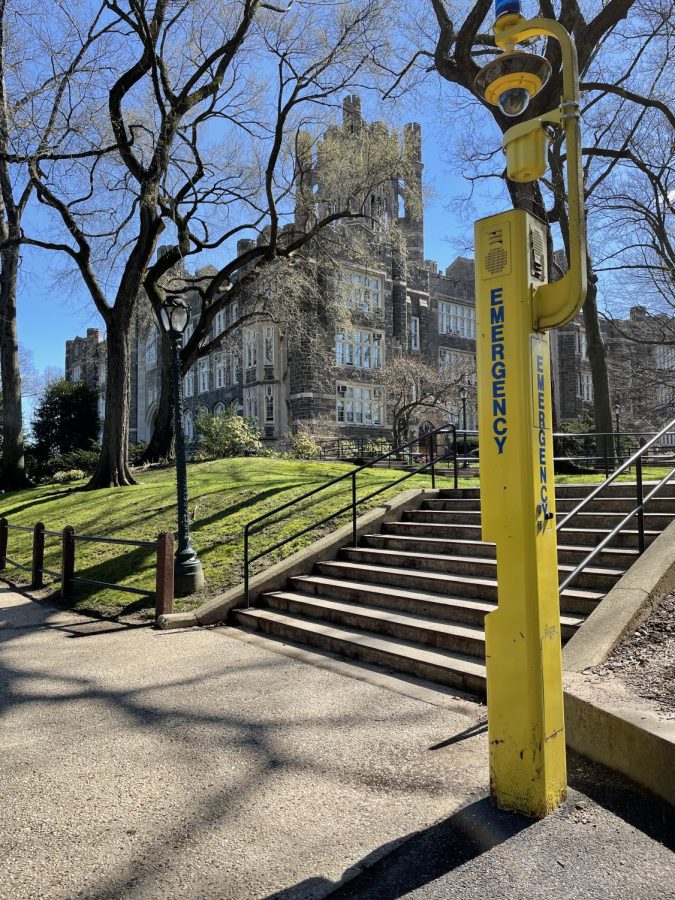
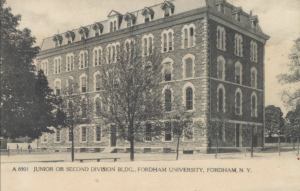

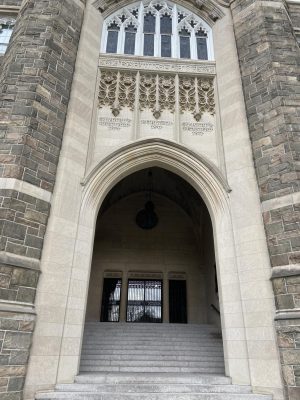
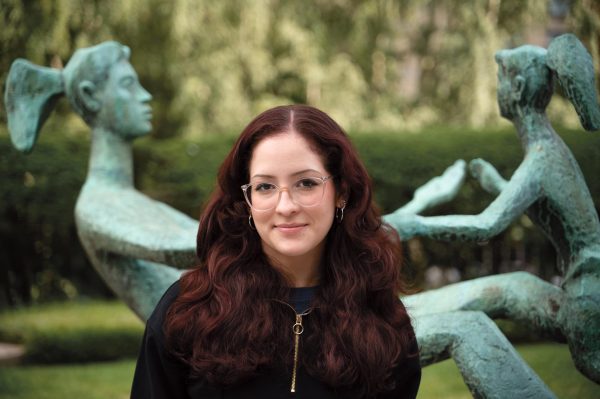
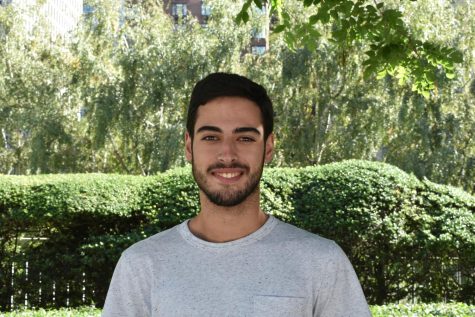








Tommy • Apr 29, 2022 at 5:07 pm
What was the krav maga place called
Ankush Kumar • Apr 29, 2022 at 1:08 pm
What’s the Krav Maga place called